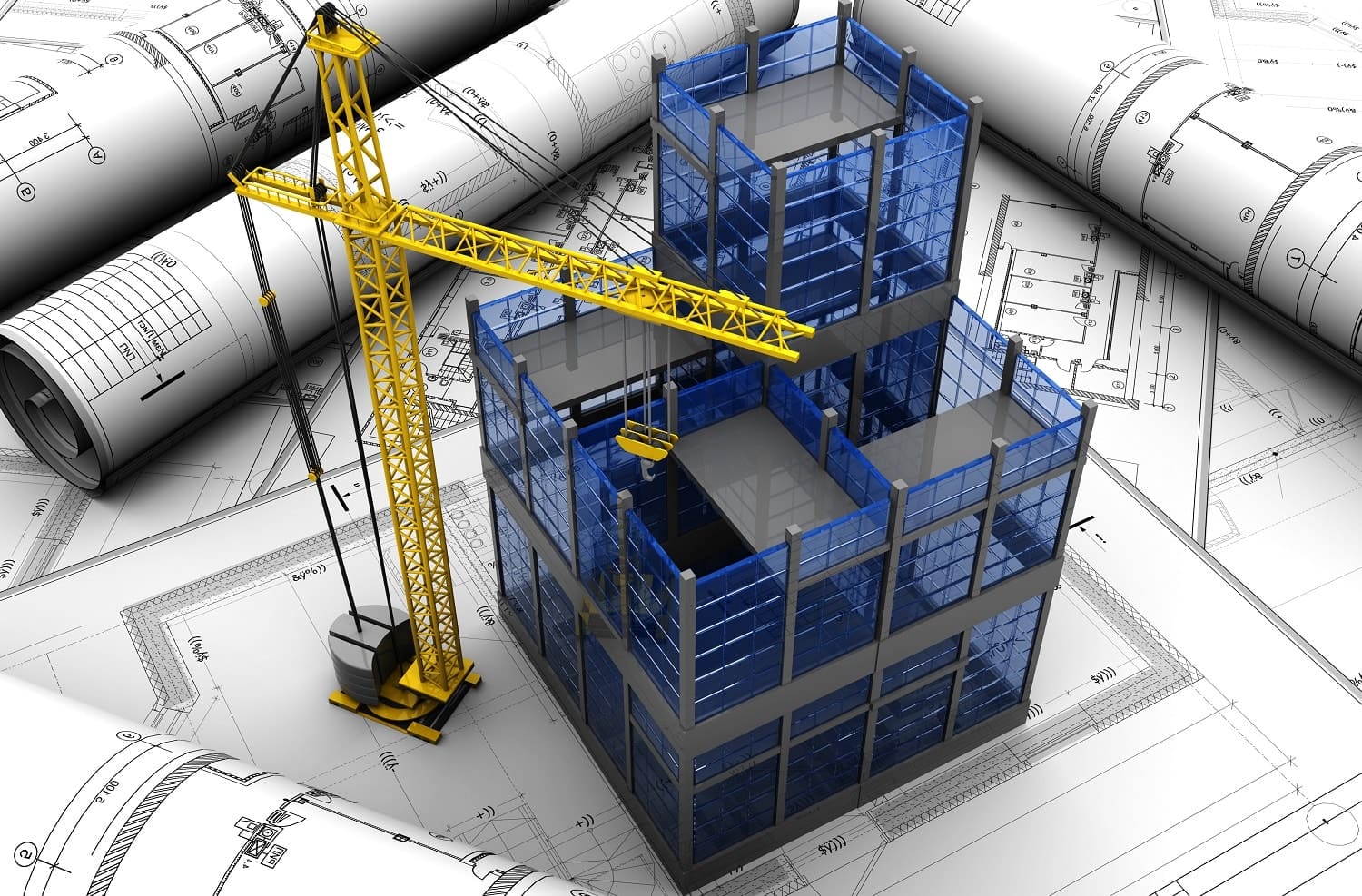Structures made of this kind of steel were massive and reliable, albeit resource- and time-intensive for manufacturers. However, in the last few decades, requirements for construction have become tighter, spurring demand for high-strength rolled steel products.
Steelmaking technology has not been at a standstill, enhancing the efficiency of steel solutions in construction. The rising number of manufacturers of steel structures has led to greater competition and, therefore, improved product quality.
The introduction of skyscrapers has also led to changes in building technologies and reducing construction time. Moreover, all stakeholders in a construction project are interested in reducing the cost and environmental impact, which necessitates the enhancement of manufacturing processes. Structural steel fabricators offer steel solutions for construction projects, where the lead time of steel structures is crucial.
Architecture has become more sophisticated and airier, leaving the time of monumental structures behind. Thinner materials make it possible to create efficient architectural forms: buildings with highly unusual shapes made of steel and glass.
Although steel solutions are a bit more expensive than reinforced concrete, modular prefabrication reduces the project execution time. If high-strength rolled products are used, the project cost is close to that of reinforced concrete construction, whereas the time required is less. Steel-concrete construction projects make it possible to combine reinforced concrete and steel frames: for example, a steel frame of a building is built on a reinforced concrete foundation or hollow steel columns are filled with concrete, thus increasing their load-carrying capacity by 75%.

How to increase metal strength
Modern Ukrainian construction standards already allow the use of rolled steel products whose strength is more than twice that of conventional steel grades for industrial and civil construction applications and bridge-building.
Steel plants use hardening in rolling mills or in off-line heat treatment areas to achieve such steel properties.
The most widely used technologies are the thermomechanical controlled process (ТМСР) and quenching and tempering (Q&T). Flat steel products (plates and coils), as well as sections and structural shapes (beams, channels, angles and rebar), can undergo hardening. Aside from their high strength, these products also have greater toughness, even at low temperatures, as well as good plasticity and crack resistance.
Thermomechanically treated steel has excellent weldability: its properties are achieved by using special rolling conditions rather than by increasing the content of alloys. Therefore, unlike similar products produced using other methods, ТМСР-rolled products have a lower carbon equivalent.

How to save on construction costs
Steel intensity can be reduced substantially – up to 30% of the total amount of steel in a project – by replacing ordinary structural steel grades with high-strength steel grades. For instance, as opposed to ordinary steel products in larger sizes, columns made of ТМСР-rolled products have thinner flanges and walls, while retaining the same strength properties. The thinner the material is, the less welding and costs for welding consumables it requires. The metal, however, has excellent cold formability and does not require preheating before welding or post-weld heat treatment.
All of these considerations make the manufacture of steel structures and subsequent construction of bridges and buildings less time-consuming and labour-intensive. In other words, high-strength steel reduces costs and simplifies the production of the end product. Such rolled steel products can ensure the required range of performance characteristics in cases where conventional materials are helpless.
Thanks to its combination of properties, high-strength steel is more and more commonly used for construction steel structures: beams, columns, trusses, floors, elements of bridges and rigs, offshore platforms and wind towers.
Metinvest Group’s enterprises produce a wide range of high-strength rolled steel products for construction applications. Ilyich Steel produces thermomechanical rolled plates and coils made of steel grades S275M/ML – S460M/ML in accordance with EN 10025-4 and its Ukrainian equivalent DSTU EN 10025-4.
Aside from the steel grades listed above, Azovstal can supply quenched and tempered rolled plates in strength classes from S460 to S890 as per EN 10025-6 and its equivalents as per other international standards. The Group’s Italian subsidiary, Ferriera Valsider, also offers a range of ТМСР coils up to S460ML.
One of Metinvest’s orders was to manufacture steel structures for a major repair of a shop in Kyiv. As part of the repair works, the foundation had to be reinforced to build one more floor and columns had to be relocated to increase the sales floor space.
Steel floor beams designed to withstand a certain load were envisaged for the basement. The calculations showed that a beam made of standard St3 steel would not fit in between the columns.
The decision was taken to manufacture perforated beams made of high-strength rolled steel. Not only did they fit perfectly, they also concealed all electrical wiring.
